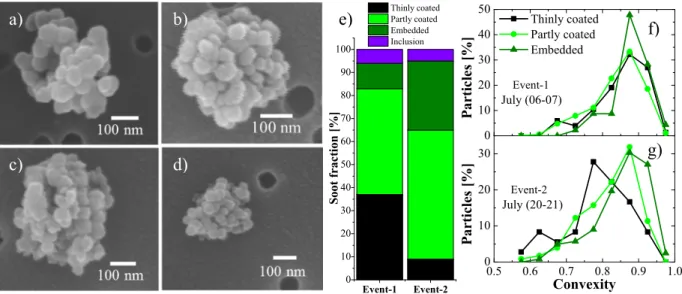Morphology and Mixing State of Aged Soot Particles at a Remote Marine Free Troposphere Site : Implications for Optical Properties
Texto
Imagem




Documentos relacionados
The observations were taken at different sites in Europe during winter (Fig. As noted for Fig. 11, also in this case none of the model grid boxes represents purely rural or
Performed tests have shown that application of phosphorus in form of CuP10 and AlSr10 master alloy as an inoculant gives positive results in form of refinement of primary crystals
Water glass modification with the colloidal solution of ZnO nanoparticles in propanol confirmed the effect of modifier on the water glass wettability of sand
Based on aerosol samples collected in various ge- ographical locations, we have observationally constrained size, morphology and mixing, and accordingly simulated, us- ing the
M.: Measurement of the mixing state, mass, and optical size of individual black carbon particles in urban and biomass burning emissions, Geophys. F.:
It was observed from this table that the average roughness and the average grain size value decreases with increasing the annealing temperature... Atomic
As the respective average size-segregated hygroscopic growth law was applied over- all to individual cases (marine or continentally-polluted cases), we would like to evalu- ate
The model includes the formation of primary electrons and positive ions by chemiionisation, electron attachment to neutral gas species, ion-ion recombination, interaction of